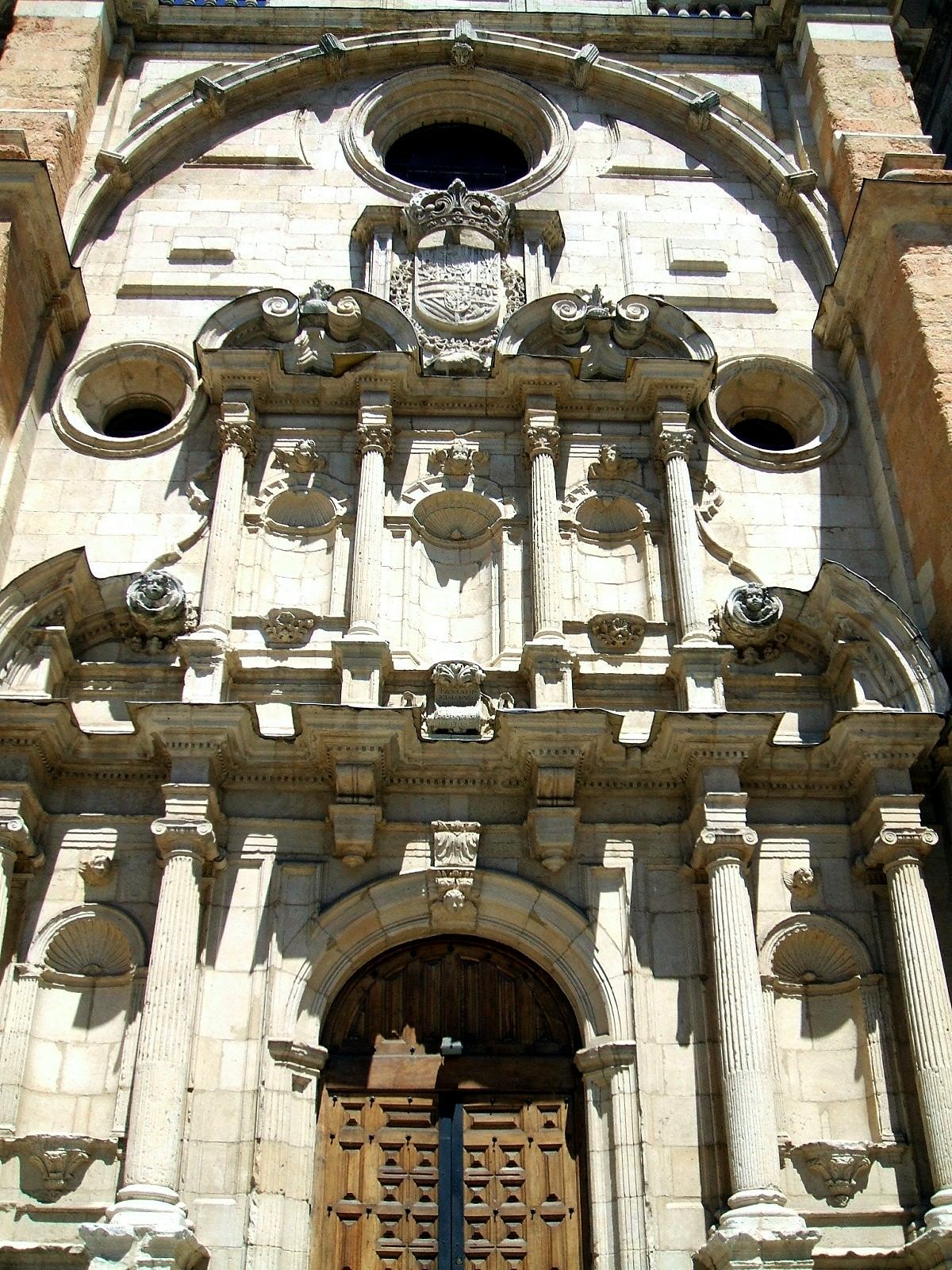Monasterio De San Pedro De Eslonza on:
[Wikipedia]
[Google]
[Amazon]
 The Monastery of San Pedro de Eslonza is a former
The Monastery of San Pedro de Eslonza is a former
 The Monastery of San Pedro de Eslonza is a former
The Monastery of San Pedro de Eslonza is a former Benedictine
The Benedictines, officially the Order of Saint Benedict (, abbreviated as O.S.B. or OSB), are a mainly contemplative monastic order of the Catholic Church for men and for women who follow the Rule of Saint Benedict. Initiated in 529, th ...
monastery in Gradefes
Gradefes () is a municipality located in the province of León, Castile and León, Spain. , the municipality has a population of 1,076 inhabitants.
Sights include the all-female Cistercian
The Cistercians (), officially the Order of Ciste ...
, in the province of León
León (, ; ; ; ) is a province of northwestern Spain in the northern part of the Region of León and in the northwestern part of the autonomous community of Castile and León.
About one quarter of its population of 463,746 (2018) lives in the c ...
, central Spain
Spain, or the Kingdom of Spain, is a country in Southern Europe, Southern and Western Europe with territories in North Africa. Featuring the Punta de Tarifa, southernmost point of continental Europe, it is the largest country in Southern Eur ...
.
Today in ruins, it was once the second most important monastery in the province, after the . It was founded in 912 by King García I of León
García I ( – 914) was the King of León from 910 until his death and eldest of three succeeding sons of Alfonso III of Asturias by his wife Jimena.
García took part in the government alongside his father until 909. In that year a conspiracy ...
, but was destroyed by the Moorish ruler Al-Mansur Ibn Abi Aamir
Abu ʿĀmir Muḥammad ibn ʿAbdullāh ibn Abi ʿĀmir al-Maʿafiri (), nicknamed al-Manṣūr (, "the Victorious"), which is often Latinized as Almanzor in Spanish, Almansor in Catalan and Almançor in Portuguese ( 938 – 8 August 1002), was ...
in 988; it was therefore rebuilt in 1099 by the Urraca of Zamora
Urraca of Zamora (1033/34 – 1101/03) was a Kingdom of León, Leonese ''infanta'', one of the five children of Ferdinand I of León, Ferdinand I the Great, who received the city of Zamora, Spain, Zamora as her inheritance and exercised palatine ...
, daughter of Ferdinand I of León and Castile
Ferdinand is a Germanic name composed of the elements "journey, travel", Proto-Germanic , abstract noun from root "to fare, travel" (PIE , "to lead, pass over"), and "courage" or "ready, prepared" related to Old High German "to risk, ventu ...
. In 1109 she became queen of Galicia, León and Castile, and gave consistent donations to the monastery.
The edifice was in ruinous state in the 16th century, and was therefore restored with, among the other interventions, three new Renaissance portals. The main façade was added in Baroque style: its niches once housed statues of saints, now disappeared.
The monastery's prosperity suffered a severe blow in 1836 with the Ecclesiastical Confiscation of Mendizábal, by which it was sold and its artistic heritage split between numerous buyers. Its decline continued despite the fact that, in 1931, it was declared a national monument. In the period between 1944 and 1970 bishop Luis Almarcha Hernández
Luis Almarcha Hernández (October 14, 1887 – December 17, 1974) was a Spanish cleric and politician, and a bishop of León from 1944 to 1970. He also served as procurator in the Cortes during the Francoist regime.
Life
Hernández was born at ...
moved its portals to the church of San Juan y San Pedro de Renueva, at León, saving them from destruction.
References
San Pedro de Eslonza
The Monastery of San Pedro de Eslonza is a former Benedictine monastery in Gradefes, in the province of León, central Spain.
Today in ruins, it was once the second most important monastery in the province, after the . It was founded in 912 by ...
Pedro de Eslonza
Christian monasteries established in the 10th century